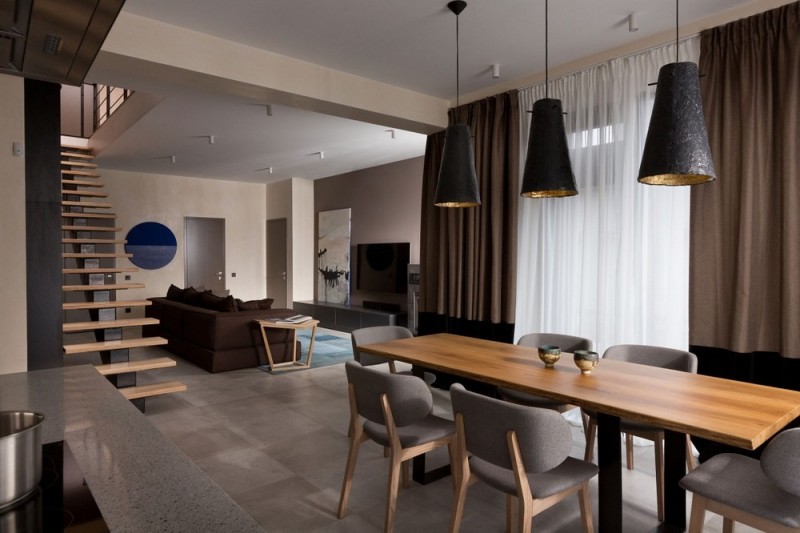
Designing the interior of your home is an exciting endeavor that allows you to personalize your living space and create an environment that reflects your style and preferences. However, before diving into the design process, there are essential considerations to keep in mind to ensure a successful and satisfying outcome.
Before you start choosing colors, furniture, and decor, take some time to understand your personal style. Do you prefer a modern, minimalist look, or are you more drawn to a cozy, traditional feel? Understanding your style will guide your design decisions throughout the process.
Each room in your home serves a specific purpose. Consider the functionality of the space you're designing. For example, a living room should be comfortable and inviting, while a home office needs to be functional and organized. Design with the intended use in mind.
Achieving a sense of balance and harmony in your interior design is crucial. This involves distributing visual weight and elements evenly throughout a space. Balancing colors, textures, and furniture placement creates a pleasing and well-composed look.
Selecting the right color scheme is essential as colors can significantly impact the mood of a room. Additionally, consider the lighting in each space. Natural and artificial lighting play a crucial role in how a room looks and feels. Ensure sufficient lighting to enhance the overall ambiance.
Choose furniture that suits your style and fits the proportions of the room. Arrange the furniture in a way that promotes a good flow and conversation. The layout should also consider focal points like a fireplace or a scenic window view.
Make your home uniquely yours by adding personal touches. This could be family photographs, artwork, or souvenirs from your travels. These personal elements inject character and warmth into your living space.
Determine your budget for the interior design project and create a timeline. Stick to your budget to avoid financial strain and plan the project timeline to ensure a smooth and organized process.
In conclusion, designing the interior of your home involves understanding your style, considering functionality, achieving balance, selecting appropriate colors and lighting, choosing the right furniture and layout, incorporating personal touches, and managing your budget and timeline effectively.
A Man's Unique Journey: Marrying Seven Brides in One Grand Day
How to Share Internet Data with Another Mobile: A Comprehensive Guide